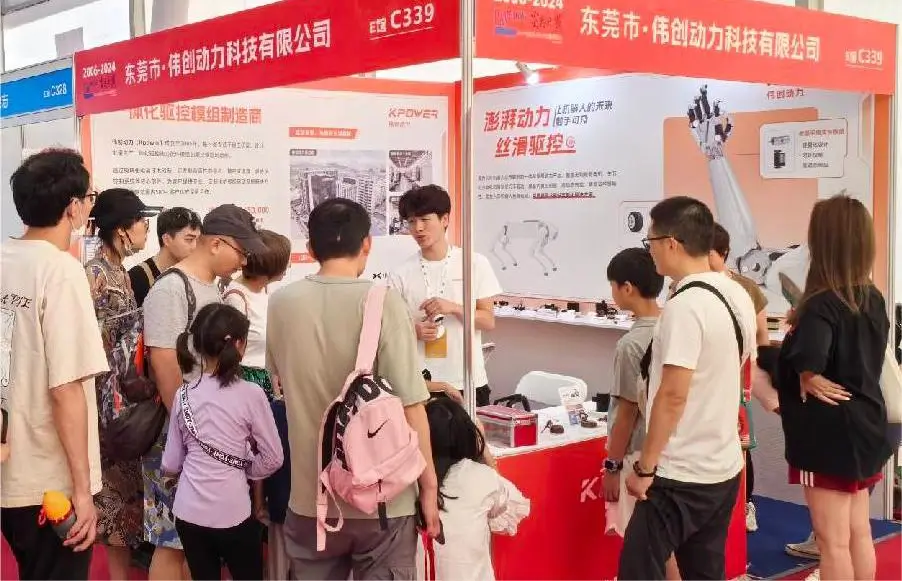Imagine a world where your ideas leap off the drawing board and become tangible, moving objects. That's the magic of robotics and automation, and at the heart of many DIY projects lies a tiny yet powerful component: the servo motor. Whether you're designing a robotic arm, a camera gimbal, or an automated curtain system, servo motors make all these ideas a reality. Harnessing their potential is easier than you might think—especially with the accessible power of Arduino microcontrollers.

The Charm of Servo Motors
A servo motor is a specialized type of motor that provides precise control over angular position, velocity, and acceleration. Unlike standard motors, which spin continuously, a servo motor is designed to rotate to a specific position and hold that position accurately. Its precision is achieved through integrated feedback mechanisms—typically a potentiometer—that relay position data back to the driver circuitry. This feedback loop enables control algorithms to adjust the motor's position intelligently.
The appeal of servo motors for hobbyists and professionals alike stems from their versatility and simplicity. With just a few connections, a servo can be integrated into countless projects, offering a level of control that can be both delicate and powerful. From animatronic puppetry to remote-controlled vehicles, the possibilities are boundless.
Getting Started with Arduino and Servos
Arduino, with its user-friendly environment and open-source ethos, has become a cornerstone for electronics enthusiasts. It simplifies the process of controlling servo motors through dedicated libraries, clear coding syntax, and a vast community ready to lend support.
The first step in your servo journey is understanding how to connect the hardware. Typically, a servo motor has three wires: power (usually red), ground (black or brown), and signal (white, yellow, or orange). The power and ground wires must be connected to the Arduino’s 5V (or 6V, depending on your servo’s specifications) and GND pins, respectively. The signal wire connects to one of the Arduino's PWM-capable digital pins.
Once hardware connections are in place, you're ready to write some code. The Arduino Servo library simplifies controlling servo motors. It provides functions such as attach(), which binds the library to the correct pin, and write(), which sets the servo's position in degrees (from 0 to 180).
Here’s a simple example to move a servo from 0 to 180 degrees:
#include Servo myServo; void setup() { myServo.attach(9); // attaches the servo on pin 9 } void loop() { for (int pos = 0; pos <= 180; pos += 1) { // from 0 to 180 degrees myServo.write(pos); delay(15); // waits 15ms for the servo to reach the position } for (int pos = 180; pos >= 0; pos -=1) { // back to 0 degrees myServo.write(pos); delay(15); } }
This simple code causes the servo to sweep back and forth, a common starting project that illustrates the essence of servo control.
Understanding PWM and Signal Timing
In the world of embedded systems, Pulse Width Modulation (PWM) is key. While the Arduino Servo library abstracts much of this complexity, understanding the underlying principles enhances your ability to customize and troubleshoot.
A servo motor receives a control signal that is a PWM signal with a specific pulse width—commonly between 1ms (for 0 degrees) and 2ms (for 180 degrees). These pulses repeat every 20ms. When you call write() in the Arduino code, it's translating your degree input into the appropriate pulse width, making the motor turn to the correct angle.
Adjusting the timing, or customizing servo parameters, involves playing with the pulse width range. Some servos may respond better to slightly different timings, or you might want to extend the control range beyond 180 degrees, if your hardware supports it.
Exploring Advanced Control: Continuous Rotation and Multi-Servo Systems
While standard servos provide position control, there are also continuous rotation servos that act more like geared motors, capable of spinning endlessly in either direction based on input signals. Reprogramming a servo to operate in this mode involves setting its control signals to specific pulse widths to command full speed forward or reverse, offering additional dynamic options for robotics projects.
When working with multiple servos, managing timing and power becomes crucial. Consider the placement of power supplies, and avoid drawing too much current from the Arduino's onboard regulators. Instead, use dedicated power sources for the servos, with common grounds connected to the Arduino.
Programming multiple servos involves creating multiple Servo objects, attaching each to different pins, and controlling them either sequentially or synchronously to perform coordinated movements. This opens up possibilities for creating robotic arms, multi-jointed creatures, or complex vehicular steering systems.
Troubleshooting and Fine-Tuning
Servo motors can sometimes jitter or not reach their expected positions. This may be due to insufficient power, interference, or code errors. Ensuring a stable power supply, especially when controlling several servos simultaneously, is essential. Using a separate power source and large filtering capacitors can help.
Another tip involves calibrating your servo's range. Some servos default to 0-180 degrees, but might physically rotate a bit beyond or fall short. Using a calibration sketch to test the limits allows you to set custom minimum and maximum pulse widths in code, ensuring your project moves accurately.
Are you imagining a robot arm that picks and places? Or perhaps a camera stabilizer that requires smooth, precise motion? The foundational control techniques are similar, and your familiarity with Arduino code servo motor control paves the way toward more complex, intelligent systems.
Next, I will provide the second part, which will delve into creative project ideas, more advanced programming techniques, troubleshooting tips, and inspiring examples to fuel your development journey.
Leveraging innovations in modular drive technology, Kpower integrates high-performance motors, precision reducers, and multi-protocol control systems to provide efficient and customized smart drive system solutions.




































